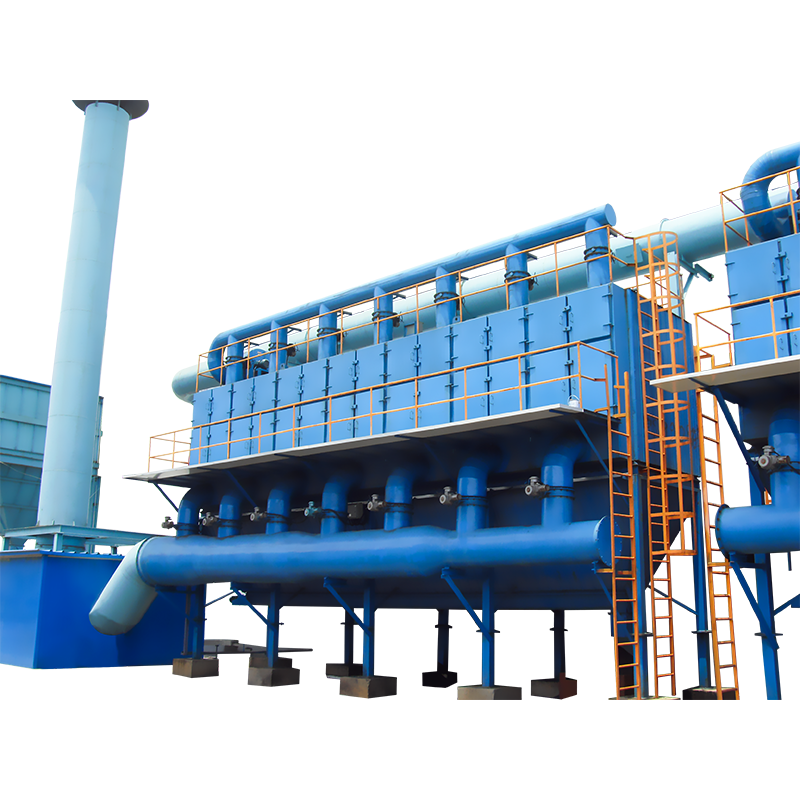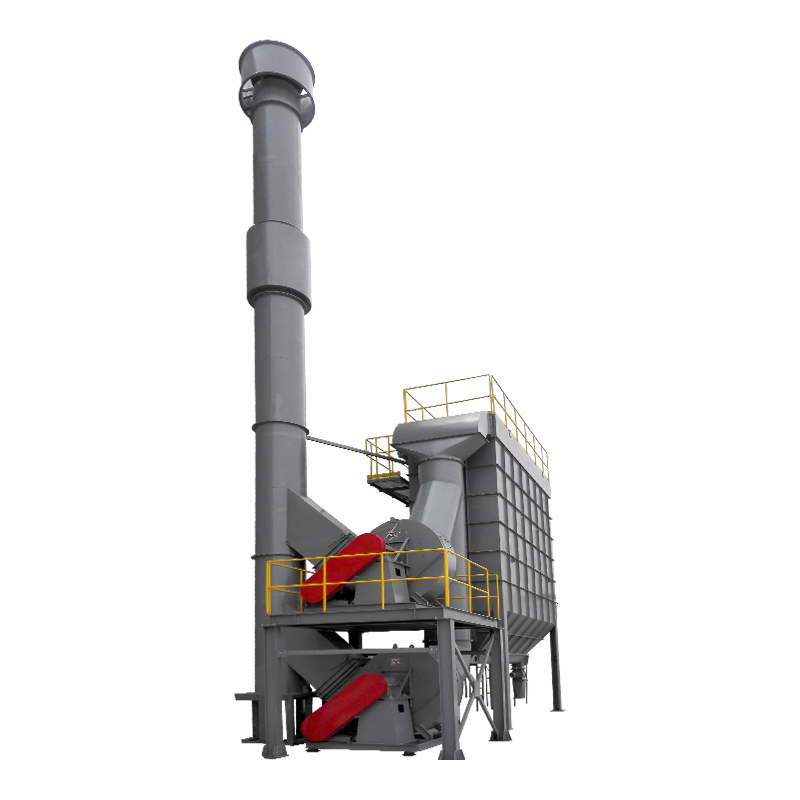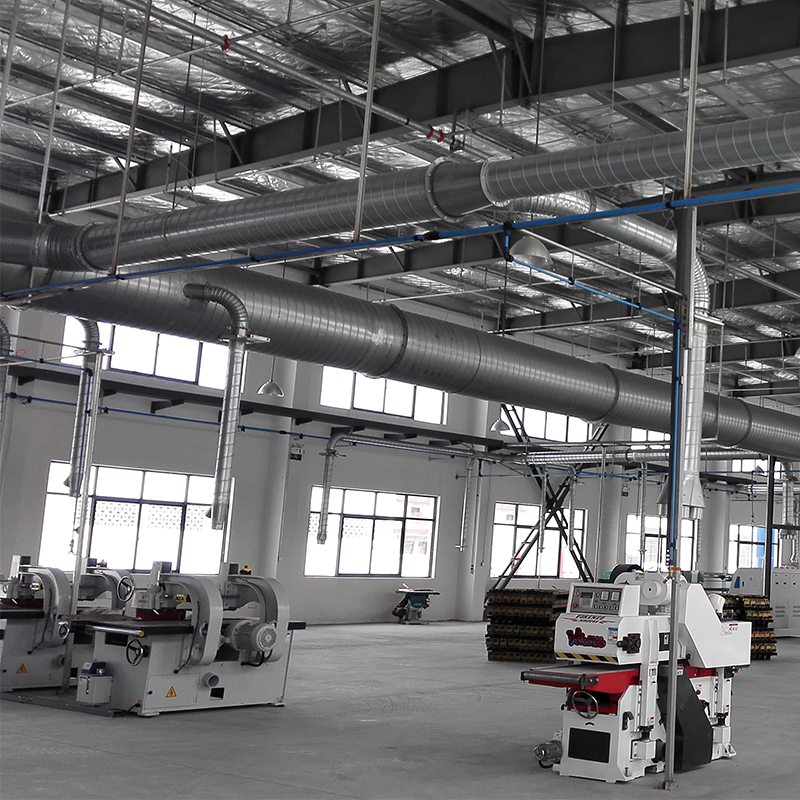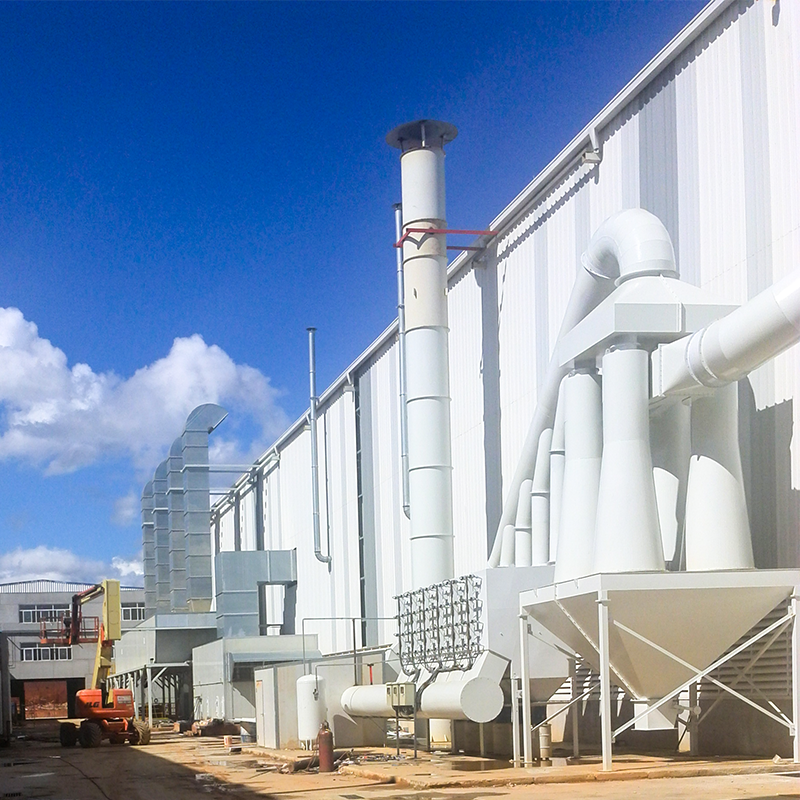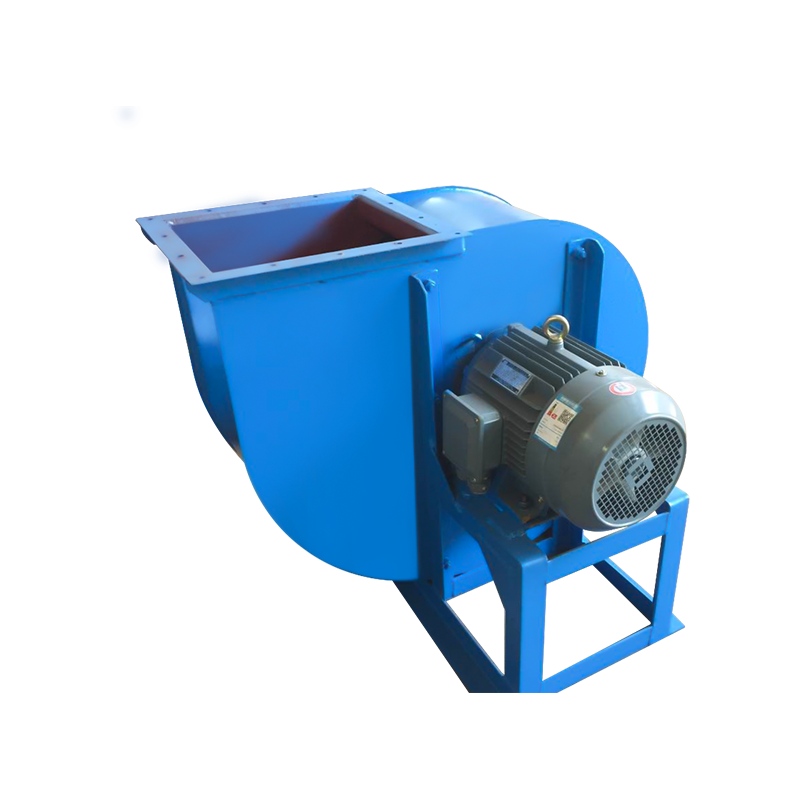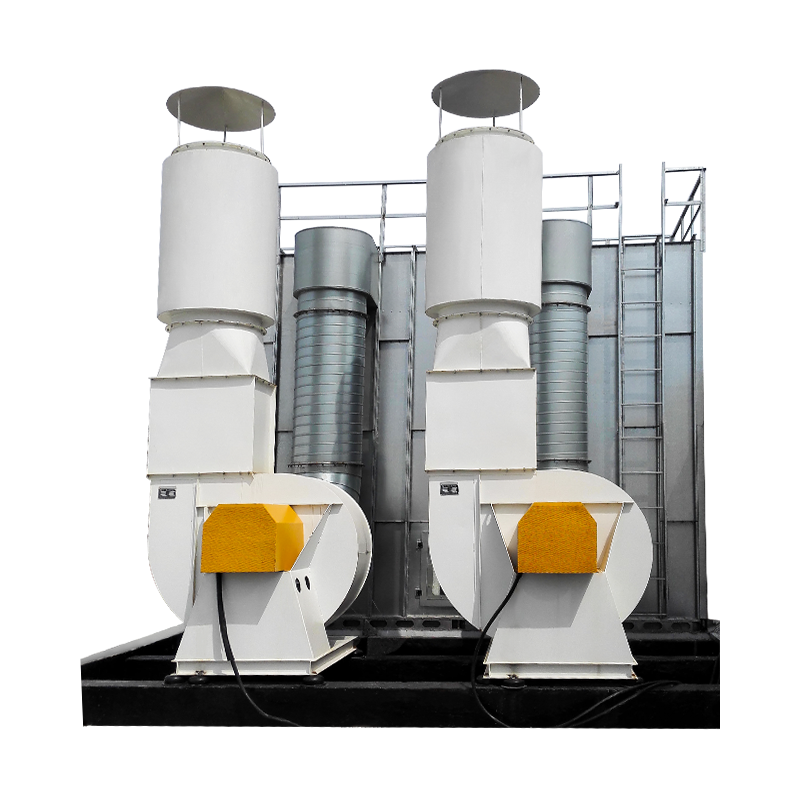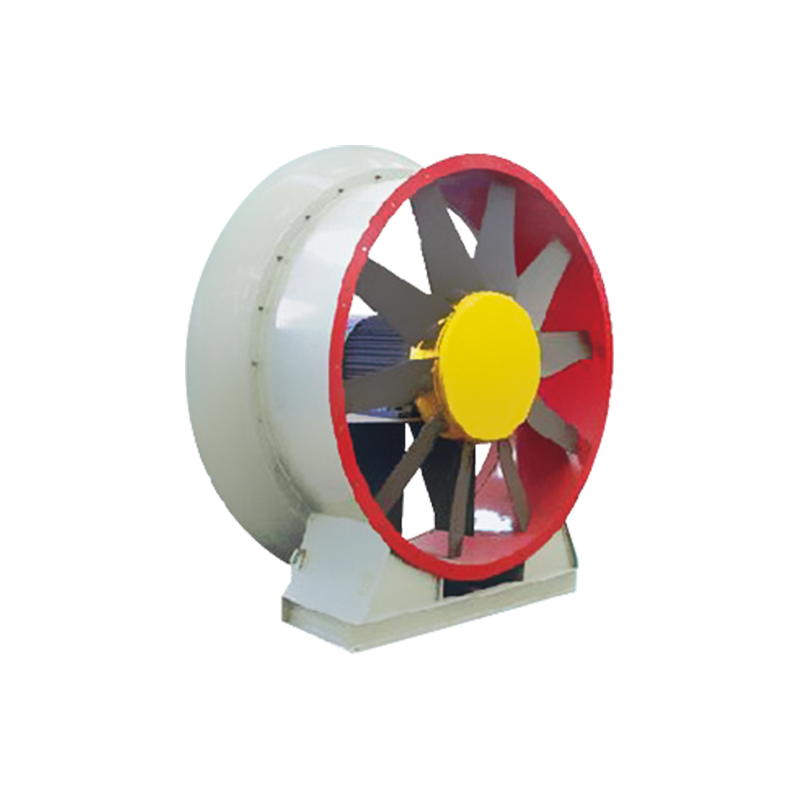In industrial production, the efficient operation of airflow dust collection systems is directly related to production environment cleanliness, equipment lifespan, and environmental compliance. High-Quality Industrial Bag Filter Dust Collectors for Air Flow Dedusting Systems, with their superior filtration performance and stable operation, have become a key choice for controlling dust pollution and optimizing production environments across various industries. Whether in the power, metallurgy, chemical, or building materials industries, stringent dust emission requirements and the pursuit of production efficiency are driving a growing demand for high-performance bag dust collectors. A thorough understanding of the technical characteristics and application value of these devices is crucial for achieving a win-win situation for both environmental protection and production.
Core Technical Advantages of High-Quality Industrial Bag Dust Collectors
The key to the core role of high-quality industrial bag dust collectors in airflow dust collection systems lies in their outstanding advantages in filtration accuracy, operational stability, and energy efficiency. In terms of filtration principles, this type of equipment uses specially designed filter bags as the filtration medium. When dust-laden air enters the dust collector, dust particles are trapped by the fiber layer on the bag's surface, while clean air is discharged through the gaps in the bag. This entire process eliminates the need for complex mechanical separation mechanisms, yet effectively captures fine dust. Compared to traditional cyclone dust collectors or electrostatic precipitators, high-quality bag dust collectors offer higher filtration precision, achieving over 99.9% filtration efficiency even for particles under 1 micron in size. This feature enables them to easily meet today's stringent dust emission standards.
In terms of operational stability, high-quality industrial bag dust collectors, through optimized structural design and high-quality core components, effectively address the issues that traditional dust collection equipment is susceptible to, such as airflow fluctuations and dust viscosity. For example, the airflow distribution plate within the equipment has been optimized through fluid dynamics simulations to ensure that the dust-laden airflow is evenly distributed across each filter bag surface, preventing damage or blockage caused by overloading of certain bags. Furthermore, the filter bags are primarily made of high-temperature, acid- and alkali-resistant specialty fibers, such as PPS and PTFE, to withstand the harsh operating conditions of various industrial scenarios, significantly extending filter bag replacement cycles and reducing equipment maintenance costs.

An advanced dust cleaning system is also a key hallmark of high-quality equipment. Using pulse jets and mechanical vibration, it efficiently removes dust deposits from the filter bag surfaces without disrupting normal operation, ensuring that filtration resistance remains within a reasonable range and ensuring the continuous and stable operation of the airflow dust collection system.
Critical Factors in Selecting Industrial Bag Dust Collectors for Airflow Dust Collection Systems
For enterprises, selecting the right, high-quality industrial bag dust collector is crucial for ensuring optimal performance of their airflow dust collection systems. During the selection process, key parameters such as the temperature, humidity, dust concentration, and chemical composition of the dust-laden airflow must be determined, taking into account the specific production process characteristics. These factors directly influence the choice of filter bag material and the dust collector's structural design. For example, when treating high-temperature flue gas, filter bags that can withstand temperatures exceeding 200°C are required. The dust collector housing must also have good thermal insulation to prevent condensation and bag clogging. When handling airflow containing corrosive dust, the dust collector's metal components must be treated with corrosion protection, and chemically resistant filter bag materials must be used to ensure the equipment's service life.
Airflow capacity is a key factor in selecting a dust collector. The filter area and equipment specifications should be determined based on the total amount of dust-laden airflow generated during the production process. Insufficient filter area will result in excessive airflow, reducing filtration efficiency and increasing wear on the filter bags, shortening their service life. Conversely, excessive filter area will increase equipment investment costs and waste energy. The equipment's installation environment and space conditions must also be considered. For example, in workshops with limited space, a smaller vertical dust collector may be suitable. For outdoor installations, wind, rain, and winter freeze protection must be considered to ensure stable operation in all environments.
Selecting a high-quality industrial bag dust collector isn't simply about pursuing high-end equipment specifications; rather, it's about achieving a balance between parameter adaptability, reasonable costs, and convenient operation and maintenance. Only in this way can an airflow dust collection system meet environmental requirements while creating greater economic benefits for the enterprise.
As the core equipment in airflow dust collection systems, high-quality industrial bag dust collectors, with their superior filtration performance, stable operation, and wide industry compatibility, are crucial for companies to achieve environmental compliance and optimize production. Against the backdrop of increasingly stringent environmental protection policies and the continuous upgrading of industrial production, a thorough understanding of the technical advantages and selection criteria of this type of equipment, along with selecting suitable, high-quality products, can not only help companies effectively control dust pollution, but also reduce operation and maintenance costs and improve production efficiency.

 English
English Español
Español عربى
عربى
